Driving is more than just a daily activity—it’s a responsibility that requires understanding and adhering to a set of laws designed to ensure safety on the roads. In the UK, driving laws are put in place to protect all road users, including drivers, passengers, pedestrians, and cyclists. Here’s a comprehensive guide to the key driving laws you need to be aware of to stay safe and compliant on the road.
1. The Highway Code: Your Roadmap to Safe Driving
The Highway Code is the essential guide to road safety and driving laws in the UK. It outlines the rules and regulations that every road user must follow. Key sections include road signs, signals, and road markings, as well as guidance on road etiquette and safe driving practices. Familiarizing yourself with the Highway Code is crucial for understanding your responsibilities and ensuring you comply with road laws.
2. Speed Limits: Drive Within the Law
Speed limits are set to ensure safe driving conditions and reduce accidents. In the UK, speed limits vary depending on the type of road and vehicle. Key speed limits include:
- 30 mph in built-up areas and residential zones
- 60 mph on single carriageway roads
- 70 mph on dual carriageways and motorways
Always observe speed limit signs and adjust your speed according to road conditions, weather, and traffic.
3. Seat Belts and Safety Measures: Buckle Up for Safety
Wearing seat belts is a legal requirement for all drivers and passengers. The law mandates that:
- Drivers and front-seat passengers must wear seat belts at all times.
- Rear-seat passengers aged 14 and over must wear seat belts if available.
- Children must be in appropriate child seats or restraints based on their age, height, and weight.
Failure to wear seat belts can result in fines and points on your driving license. Proper safety measures are essential for protecting yourself and your passengers.
4. Driving Under the Influence: The Zero Tolerance Policy
Driving under the influence of alcohol or drugs is illegal and dangerous. The UK has strict limits for blood alcohol concentration (BAC):
- 0.08% in England, Wales, and Northern Ireland
- 0.05% in Scotland
Drug-driving is also prohibited, with strict penalties for exceeding legal limits. Both alcohol and drug-related offenses can result in severe consequences, including fines, driving bans, and imprisonment.
5. Mobile Phones: Stay Focused on the Road
Using a mobile phone while driving is illegal unless you have a hands-free system. The law prohibits:
- Making or receiving calls or texting while driving.
- Using handheld devices for any purpose.
Penalties for mobile phone offenses include fines, points on your license, and potential disqualification. Keeping your focus on the road is essential for avoiding accidents and ensuring safe driving.
6. Traffic Lights and Road Signs: Follow the Signals
Traffic lights and road signs provide critical information to manage traffic flow and ensure safety. Always:
- Obey traffic signals, including red lights and stop signs.
- Follow road signs and markings, such as no entry, one-way streets, and pedestrian crossings.
- Yield to pedestrians at crossings and be mindful of cyclists.
Understanding and adhering to these signals is vital for smooth and safe driving.
7. Parking Regulations: Avoid Fines and Towing
Parking laws help keep roads clear and accessible. Key regulations include:
- Parking restrictions in specific zones, such as yellow lines or no-parking areas.
- Disabled parking spaces must be reserved for those with the appropriate permits.
- Do not block driveways or obstruct other vehicles.
Improper parking can result in fines, penalties, and even having your vehicle towed. Always check for signs and markings before parking.
8. Insurance and Vehicle Documentation: Stay Legal
Driving without proper insurance is illegal. Ensure you have:
- Valid car insurance covering at least third-party liability.
- Up-to-date vehicle tax and MOT certificate (if applicable).
Driving without the required documentation can result in fines, vehicle impoundment, and legal consequences.
Conclusion
Understanding and following driving laws is essential for maintaining road safety and avoiding legal issues. By adhering to regulations related to speed limits, seat belts, mobile phone use, and other key areas, you contribute to a safer driving environment for everyone. For more detailed information on driving laws, refer to the Highway Code or consult local traffic authorities.
Drive responsibly, stay informed, and ensure that every journey is a safe one.



